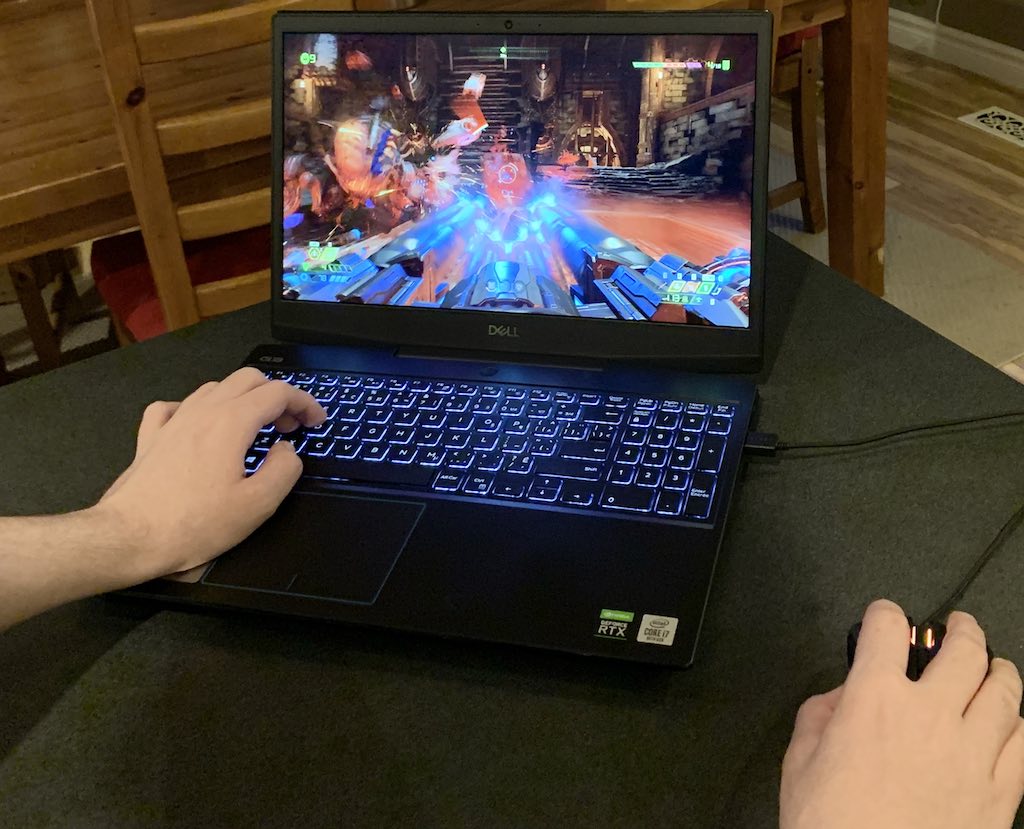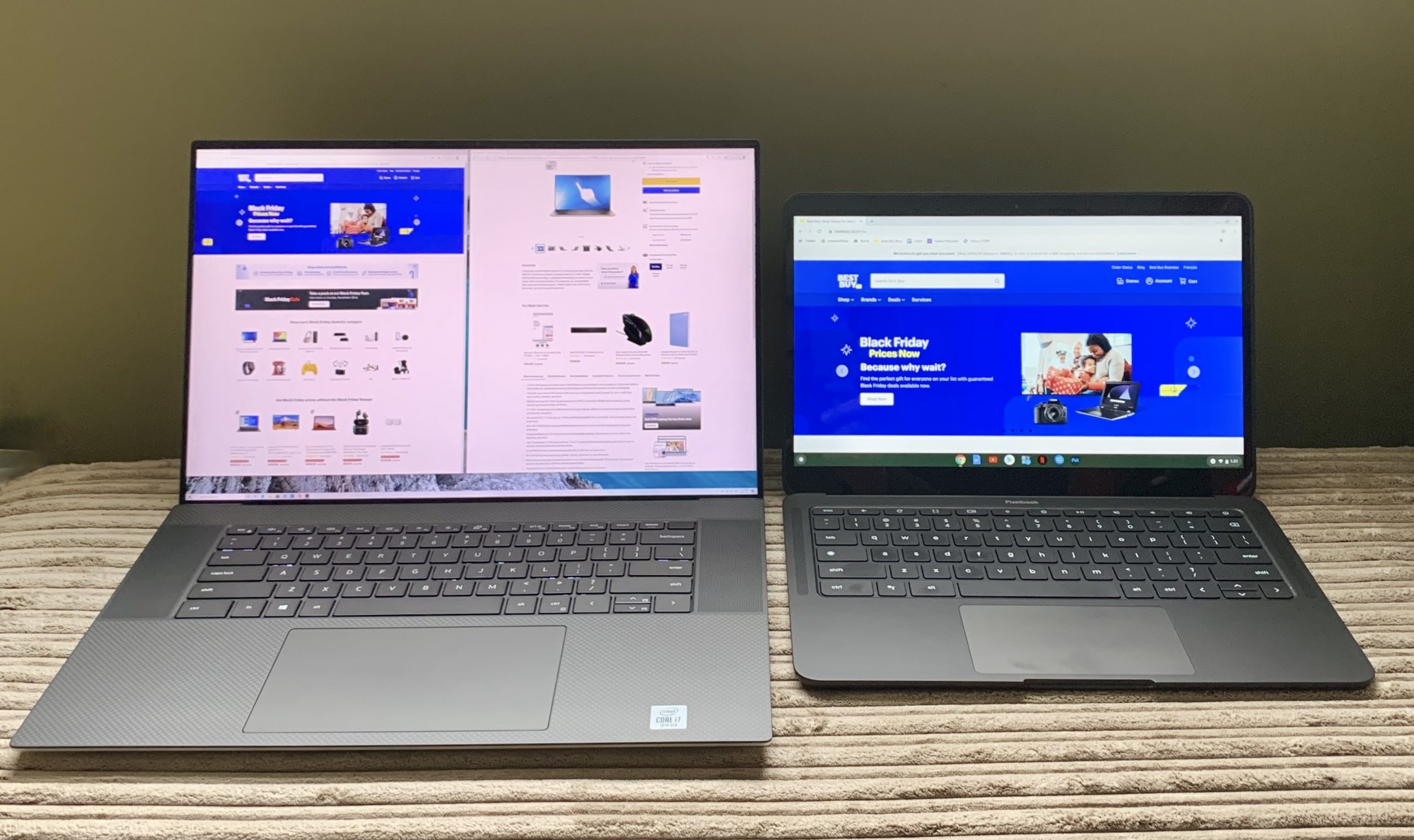
Screen size vs. resolution is an interesting thought to consider when you’re out shopping for a new laptop. On one hand, you have a golden opportunity to grab a shiny new 4K laptop and take advantage of the beautiful visual experiences they bring. However, there are a lot of things to think about before you take the leap.
If you want a breakdown of (almost) everything you need to know about watching movies in 4K and understanding 4K resolution better, please have a read of Darren Blakeborough’s blog that looks at this in length by clicking here.

The benefits of buying a 4K laptop
There are some huge benefits to investing in a new laptop with 4K. First and foremost is the display quality. Being able to watch your favourite movies, TV shows and play today’s games is a true thing of beauty. Any one of these might be the exact reason you’ve been looking at a 4K display. Indeed, since its introduction many years ago, most forms of media have caught up and are available to watch (or play) in 4K. Just ensure the laptop you’re buying is hefty enough to support what you want to do with it and scales up well to match the tasks.
A 4K laptop is definitely a must nowadays if you’re doing visual design or do video editing or professional photography for a living. There are huge benefits that professionals in this field will get from having such a vast display at their fingertips. However, for everyday laptop casual users, is it worth it? Let’s talk about some points to consider.

Things to consider before you go fully 4K
There are some practical aspects you’ll want to consider if you’re out looking for a 4K laptop. While TV and movies tend to use 4K resolution differently (aspect ratio will impact the final pixel count), the typical display standard for home use is 3840 x 2160 pixels. 4K displays also have four times the pixel count of 1080p. That’s 8.2 million vs. just over 2 million. What this also means is a larger space to work with on screen and inevitably, much smaller font sizes and images. If you’re looking for a more compact laptop screen, you might not even see much visual difference on smaller screens between 1080p and 4K while watching and playing. However, it will definitely be much more noticeable as you get into larger screens, so if you are looking at screens larger than 15 inches, you’ll definitely notice the difference. As an example, here’s an image of a 17 inch 4K display sitting next to a 13 inch 1080p display.

One other thing to think about is whether you’re actually going to get true 4K use out of your 4K display. As I’d mentioned earlier in the blog, your display is only one part of the presentation. If you don’t get the right hardware to back up everything you want to do with your new laptop, you’re going to end up making compromises just to run your games or stream your media, and you may never realize the true benefit of the experience. Remember, depending on the activity, pushing all those pixels can take significant GPU horsepower.
I’ve personally always been a framerate fan myself, and playing a game at 1080p at 60 frames per second has always been enough to tide me over. However, I admit my eyesight isn’t the best, so those of you with 20/20 vision might disagree.
Your last consideration is your budget and battery needs. With the power of a 4K laptop and everything else that you might need to run everything as optimally as you need, your budget will have to accommodate these upgrades. In addition, your maximum battery life may go down—it takes power not just to move, but also to illuminate all those extra pixels. If budget is a concern but you want something that has a higher maximum resolution than the standard 1080p output, there are plenty of options out there that are in this market. Your next step from here might be checking out the Best Buy Blog Laptop Buying Guide for some more tips while you continue your search!
Otherwise, if you’ve landed on what you’d like to get, please have a look at the large array of laptops now available at your local Best Buy or online at BestBuy.ca



